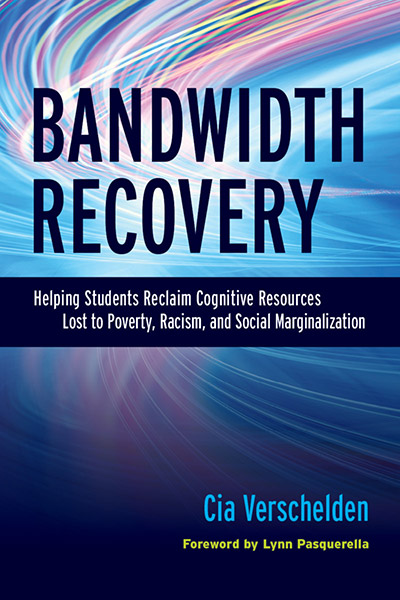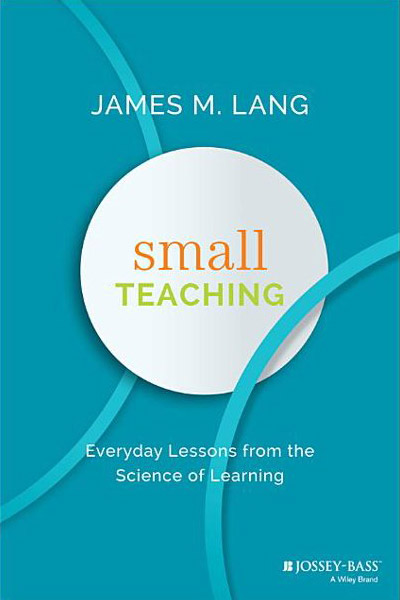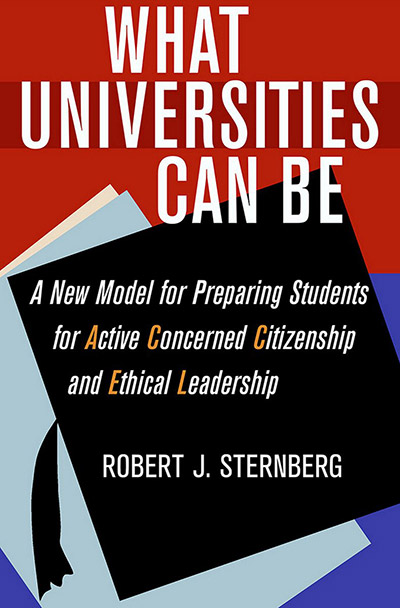Communication Tips & Time-Savers
Even in a normal semester, students have lots of questions. Whether about course concepts, assignment instructions, class logistics, or technology, students seek a variety of information, confirmation, and reassurance in person, online, and by email. Overall, questions are a good thing, because for every student who asks a question, there are likely several more who wonder about the same topic but are afraid to ask. Their questions can be a useful source of feedback for us. But this semester, with pandemic-related issues like quarantine and isolation; Flex teaching; and both first- and second-year students potentially new to campus, there’s even more to communicate about than usual. Many of our colleagues report that their email inboxes are brimming with more student questions than they can answer.
How do we keep our students informed, and communicate that we care about their questions and concerns, without letting email take over our lives? First, it helps to have a communication policy. Creating such a policy, whether you house it on the syllabus or in Canvas or share it with students more informally, is a great opportunity to define your communication preferences and to create boundaries to protect your time (and sanity). To get started drafting one, here are some questions to consider:
- How do you prefer that students contact you?
- What do you prefer they call you?
- What information do you need for them to always include in their emails (e.g., first and last name, class section number, group, etc.)?
- What do you want them to try (if anything) before contacting you about a particular topic (e.g., ask a TA, check the attendance policy, refer to the assignment sheet, etc.)? Let them know where they can find the information they need.
- During what days/times do you typically respond (or not respond) to emails?
- How much time does it typically take for you to respond to emails? Would you like to encourage students to send a friendly follow-up if you don’t respond in a certain amount of time? (Many instructors especially appreciate friendly follow-ups about topics with deadlines, like recommendation letters.)
The above is not an exhaustive list, but managing students’ expectations (and our own) about communication can be helpful. Many times we expect students to “be professional” or communicate in the ways we prefer, but they may not yet know what professionalism looks and sounds like in the field, and they don’t know what we prefer unless we tell them. Of course having such a policy and talking about it with students doesn’t mean that every one of them will always remember to follow the guidelines, but it can certainly help to slow the torrent and reduce the frustration of puzzling over cryptic messages.
Even with a great policy, you could still be overrun with email, especially if you teach a large class or several sections of a class of any size. In that case, you’ll need ways to handle some communication in bulk rather than individually. Here are a few ideas:
- Create an FAQ. You can organize students’ most common questions along with the answers you’ve provided many times into a document to post on Canvas. Then you can explain that, although you appreciate your students’ questions and enjoy communicating with them, you are simply outnumbered, so you are using an FAQ to save time by providing answers to common questions all in one place. Encourage them to check the FAQ before emailing. Then, if a student still emails you about a topic on the list, you can respond with an email template. Something like: Hi [student’s name], thanks for your question! It’s number [X] on the FAQ here: [link]. Check it out and let me know if it doesn’t answer your question after all. Have a great day, and I look forward to seeing you in class. All the best, Prof. X.
- Help students help each other. Could students help one another to answer certain questions? Some instructors use a discussion forum on Canvas to facilitate this. Others provide students with opportunities to form study groups that meet and help one another outside of class. Many encourage students to share contact information, so they can be in touch about the class, and some even facilitate short in-class activities designed to make sure students understand instructions and expectations before they begin a project. Such activities can often prevent questions and confusion later.
- Send an announcement to the whole class. Many of our colleagues who teach large classes share the experience of getting an onslaught of emails all about the same topic. Instead of responding to each student individually, they write a response once and send it as an announcement to the whole class. In addition to saving time, this approach is helpful because all students benefit: If several students email us about something, all students might need that information or clarification. We can even use our responses to such questions to improve documents like project descriptions and activity instructions in the future.
If you’d like support to develop a communication policy or an FAQ to help you manage your student communication workload, please contact us. And if you have a great communication strategy you’d like to share, please email us at pro-teaching@fsu.edu. We look forward to learning from you!
>UPCOMING EVENTS
Burnout: Teaching, Emotional Labor, and Exhaustion
Wednesday, October 6 | 4:00–5:00 p.m. on Zoom | Sign up to attend
Burnout has been rampant in academia during the pandemic. During this session, which will be part expert panel, part conversation and Q&A, we will discuss the chronic exhaustion and overwhelm many of us have reported experiencing while teaching during the last few semesters. Participants will have an opportunity to learn more about burnout, to share their experiences, and to ask questions of our panelists:
- Melissa Bolen, Clinical Coordinator of FSU’s Employee Assistance Program
- Robert Eklund, Associate Dean for Faculty Development and Advancement, College of Education
- Karen Oehme, Director of FSU’s Institute for Family Violence Studies and Research Associate in the College of Social Work
- Jeannine Turner, Associate Professor in the Department of Educational Psychology and Learning Systems
Fall Faculty Reading Groups
This semester, CAT is offering the following fully online faculty reading groups. Each group will meet once a week for three weeks on Zoom to discuss the books in sections. Two books will be available electronically, so it will be possible to participate from anywhere. We hope you can join us! Please register here.
Bandwidth Recovery: Helping Students Reclaim Cognitive Resources Lost to Poverty, Racism, and Social Marginalization
 Wednesdays: 9/22, 9/29, 10/6; 2:00–3:30 p.m. on Zoom | print book
Wednesdays: 9/22, 9/29, 10/6; 2:00–3:30 p.m. on Zoom | print book
Cia Verschelden explains that more than half of our students may be operating with reduced cognitive “bandwidth”: the cognitive resources they need for higher-order thinking and deep learning are tapped because they’re coping with more immediate threats like food insecurity, social marginalization, or disruptive events. The book offers strategies for creating inclusive classroom environments where all students have the opportunity to learn. (If you’re concerned about students in need on our campus, you can also send donations to the food pantry here.)
What the Best College Teachers Do
 Fridays: 9/24, 10/1, 10/8; 10:30 a.m.–12:00 p.m. on Zoom | ebook
Fridays: 9/24, 10/1, 10/8; 10:30 a.m.–12:00 p.m. on Zoom | ebook
Ken Bain wanted to know how some faculty make a sustained, substantial, and positive influence on how their students think, act, and feel. How do some consistently provoke deep learning, while others merely have good intentions? Bain conducted a fifteen-year study of a hundred extraordinarily effective teachers to see how they help their students learn. The book traces how these exceptional faculty approach their subjects, their students, and the process of learning.
Small Teaching: Everyday Lessons from the Science of Learning
 Thursdays: 10/14, 10/21, 10/28; 2:30–4:00 p.m. on Zoom | ebook
Thursdays: 10/14, 10/21, 10/28; 2:30–4:00 p.m. on Zoom | ebook
How do I get my students’ attention? How do I help them to go deeper, to make connections, and to feel empowered by their own learning? James Lang’s book explores the science of learning and shares with us small changes we can make that will have a powerful influence on our students’ learning. Join us as we discuss a variety of practical tools and techniques that can help us answer these and other teaching questions.
What Universities Can Be: A New Model for Preparing Students for Active Concerned Citizenship and Ethical Leadership
 Wednesdays: 10/20, 10/27, 11/3; 2:00–3:30 p.m. on Zoom | print book
Wednesdays: 10/20, 10/27, 11/3; 2:00–3:30 p.m. on Zoom | print book
Robert Sternberg thinks that universities can do a better job teaching things like wisdom, compassion, creativity, and practical thinking. If we’re preparing students to be leaders for the future, they’ll need all of these skills, and opportunities to practice making ethical decisions. This group will discuss strategies for realizing Sternberg’s ideas in our own classrooms.



